Dogs are wonderful companions, but their misbehaviours can sometimes drive us up the wall. Understanding why they act out and how to correct these behaviours is crucial. Here are 20 common dog misbehaviours and expert advice on how to fix them.
1. Excessive Barking
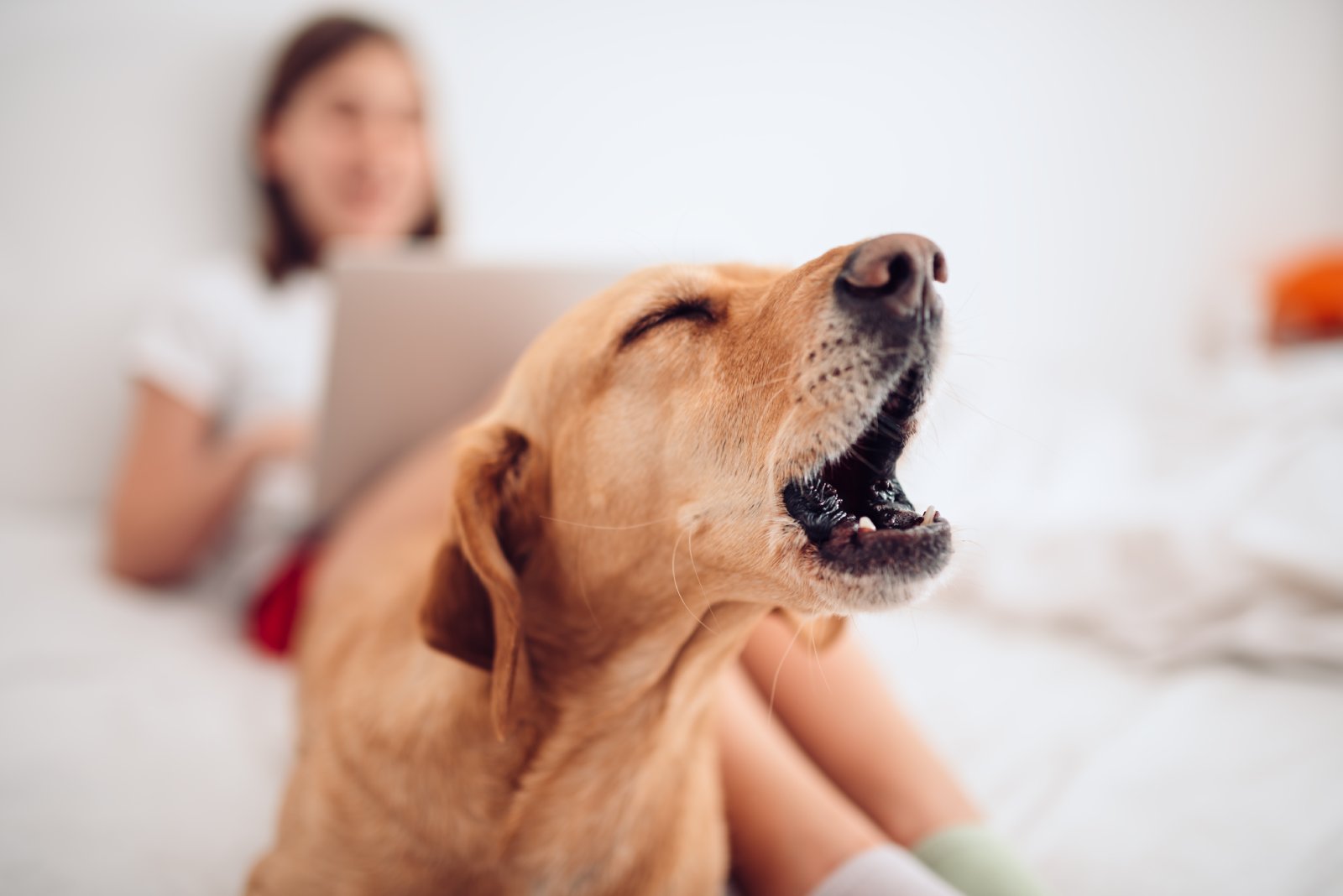
Dogs bark for various reasons, including boredom, anxiety, or as an alert. Identify the cause and address it; for boredom, increase physical and mental stimulation, and for anxiety, consider training and possibly consulting a behaviourist.
2. Chewing
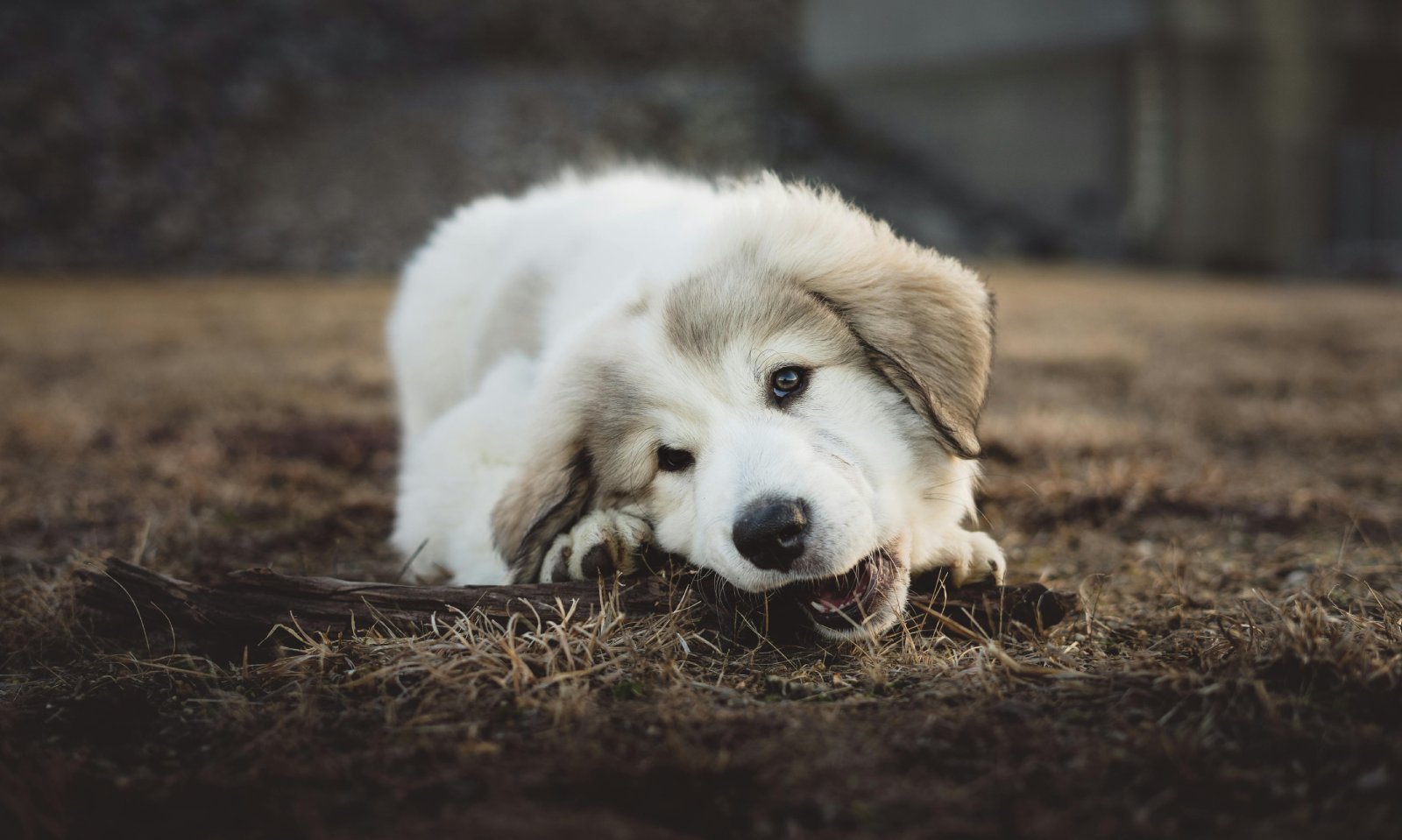
Chewing is natural but can become destructive. Redirect their chewing to appropriate toys and ensure they get plenty of exercise; keep personal items out of reach and consider crate training when you’re not home.
3. Digging
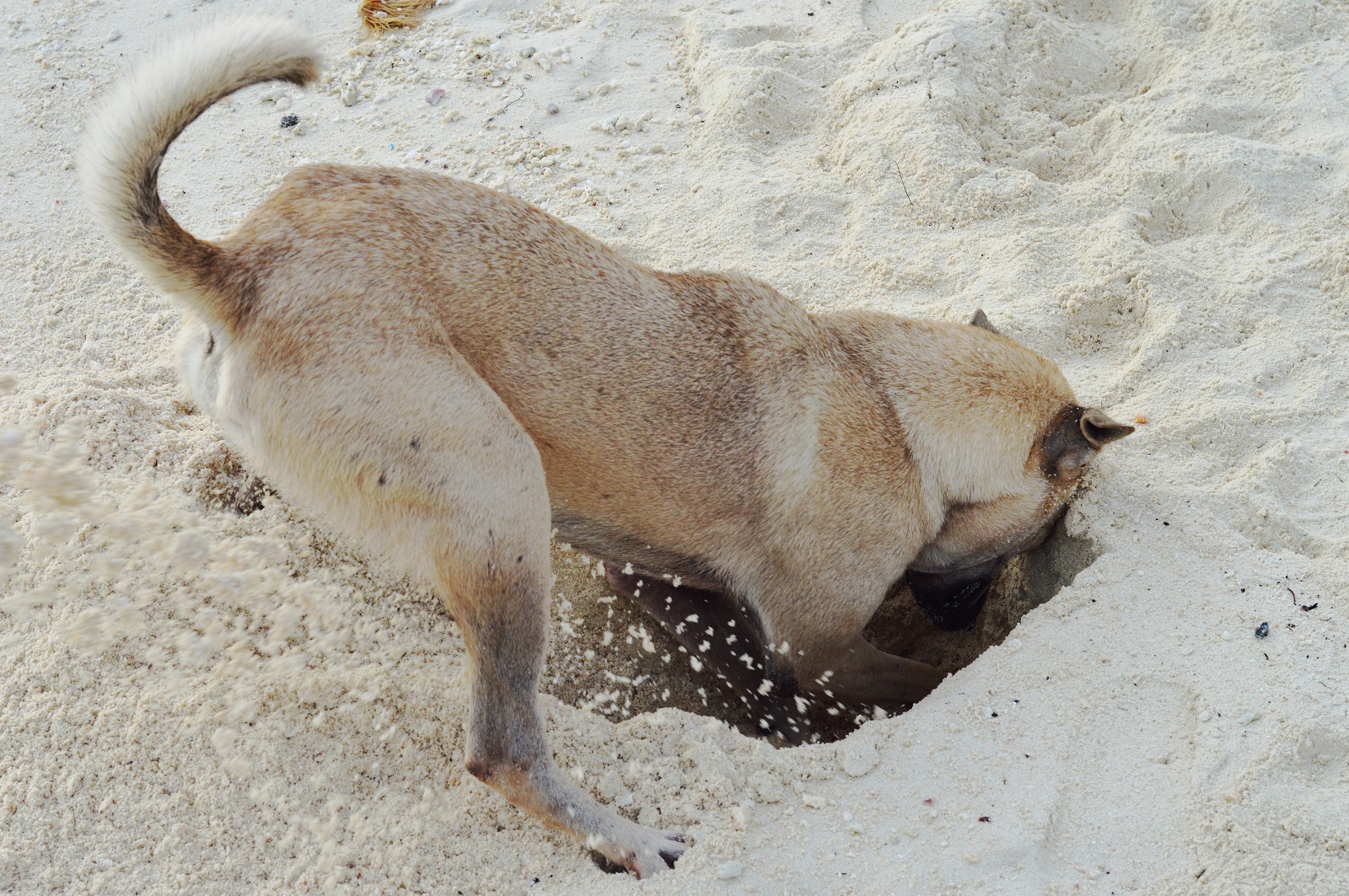
Dogs dig out of boredom, anxiety, or instinct. Provide more exercise, mental stimulation, and designate a specific area where they can dig.
4. Jumping Up on People

Jumping is often a dog’s way of greeting or seeking attention. Ignore them when they jump and only give attention when all four paws are on the ground.
5. Inappropriate Elimination

Accidents indoors can be due to a lack of training or medical issues. Consult your vet to rule out health problems and reinforce house training basics.
6. Begging
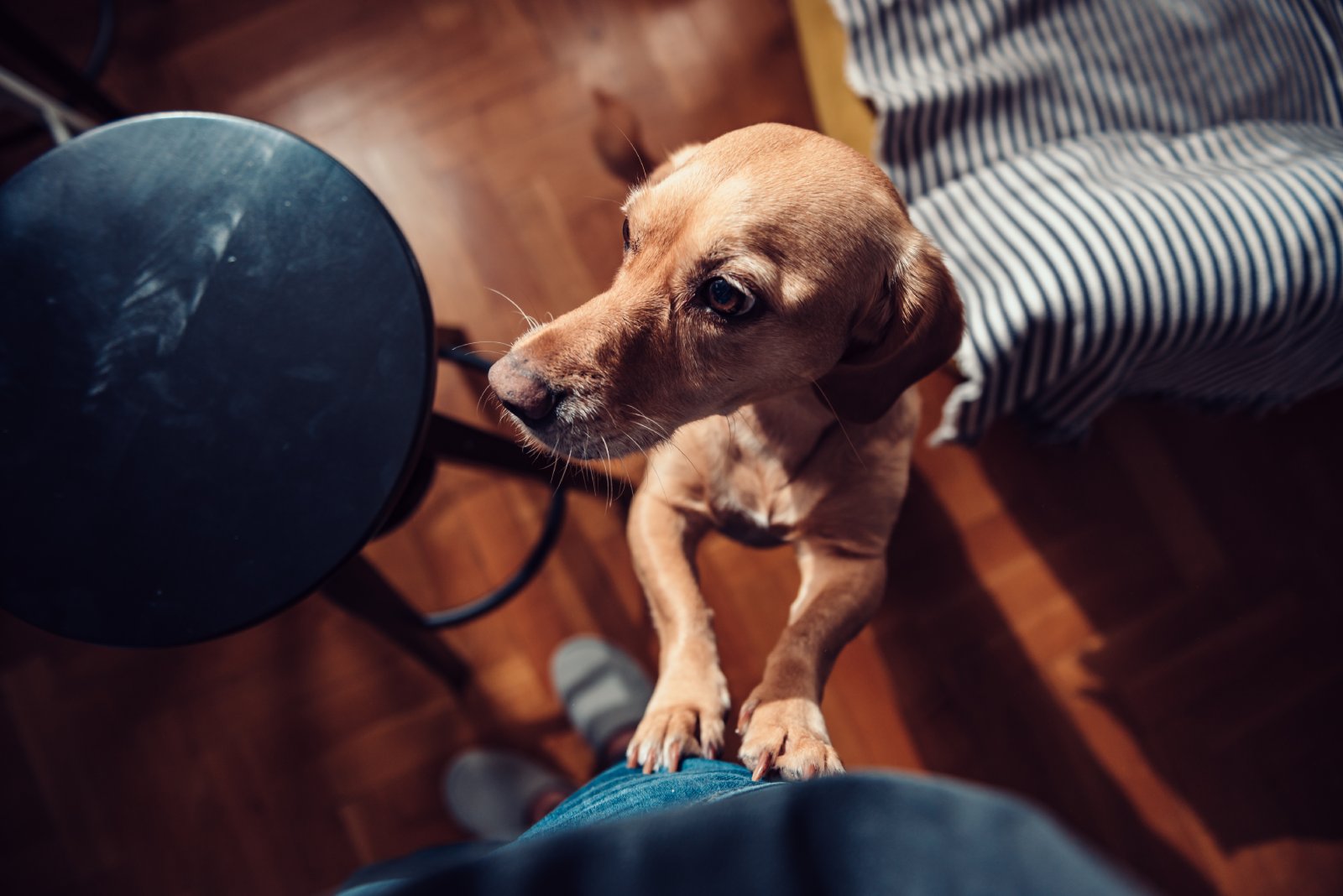
Begging is often encouraged unintentionally by giving food from the table. Never feed your dog while you’re eating and train them to stay in their designated spot during mealtimes.
7. Separation Anxiety
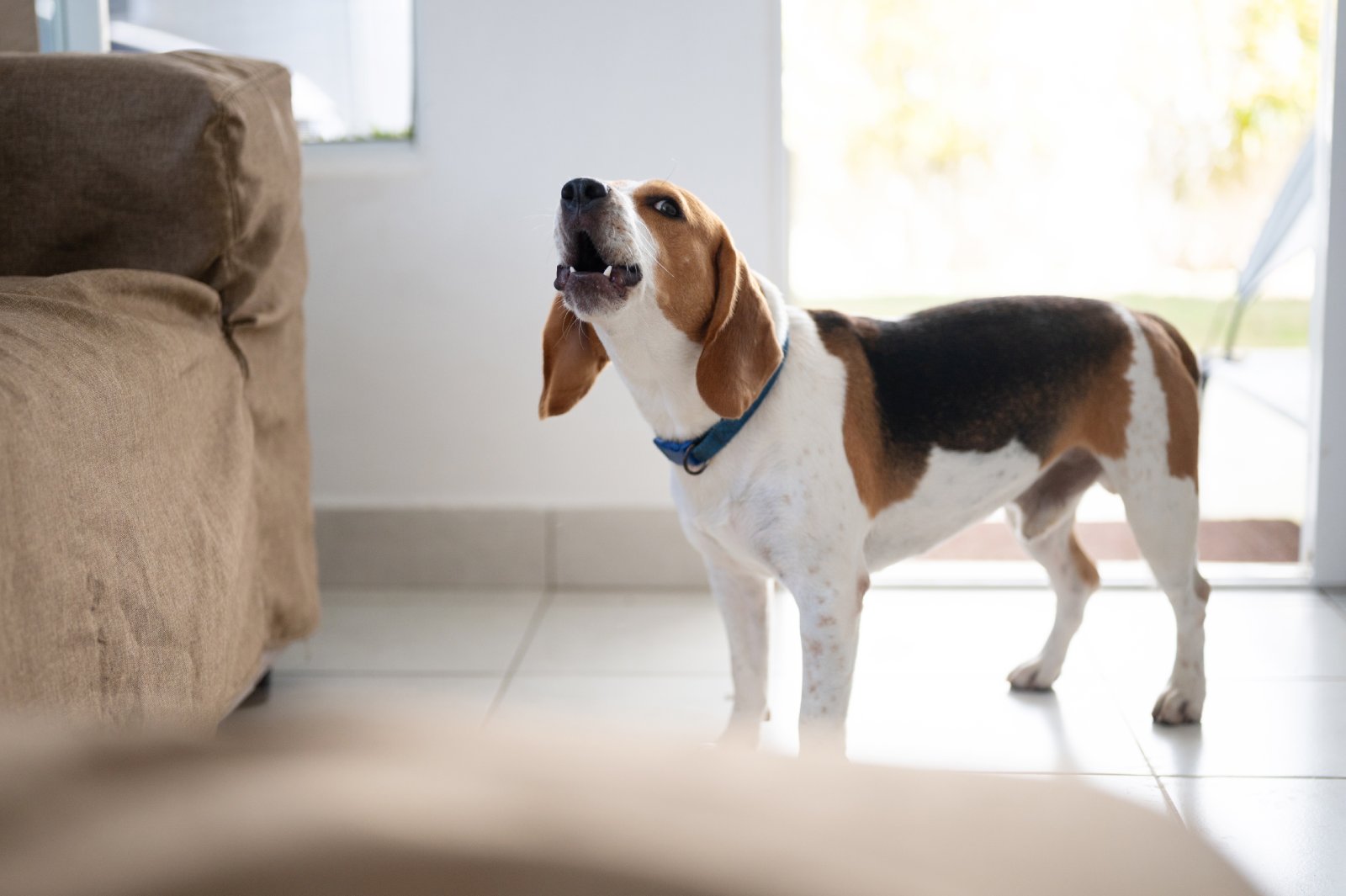
Dogs with separation anxiety may bark, chew, or urinate indoors. Gradual desensitisation, using calming aids, and providing toys can help alleviate this issue.
8. Pulling on the Leash
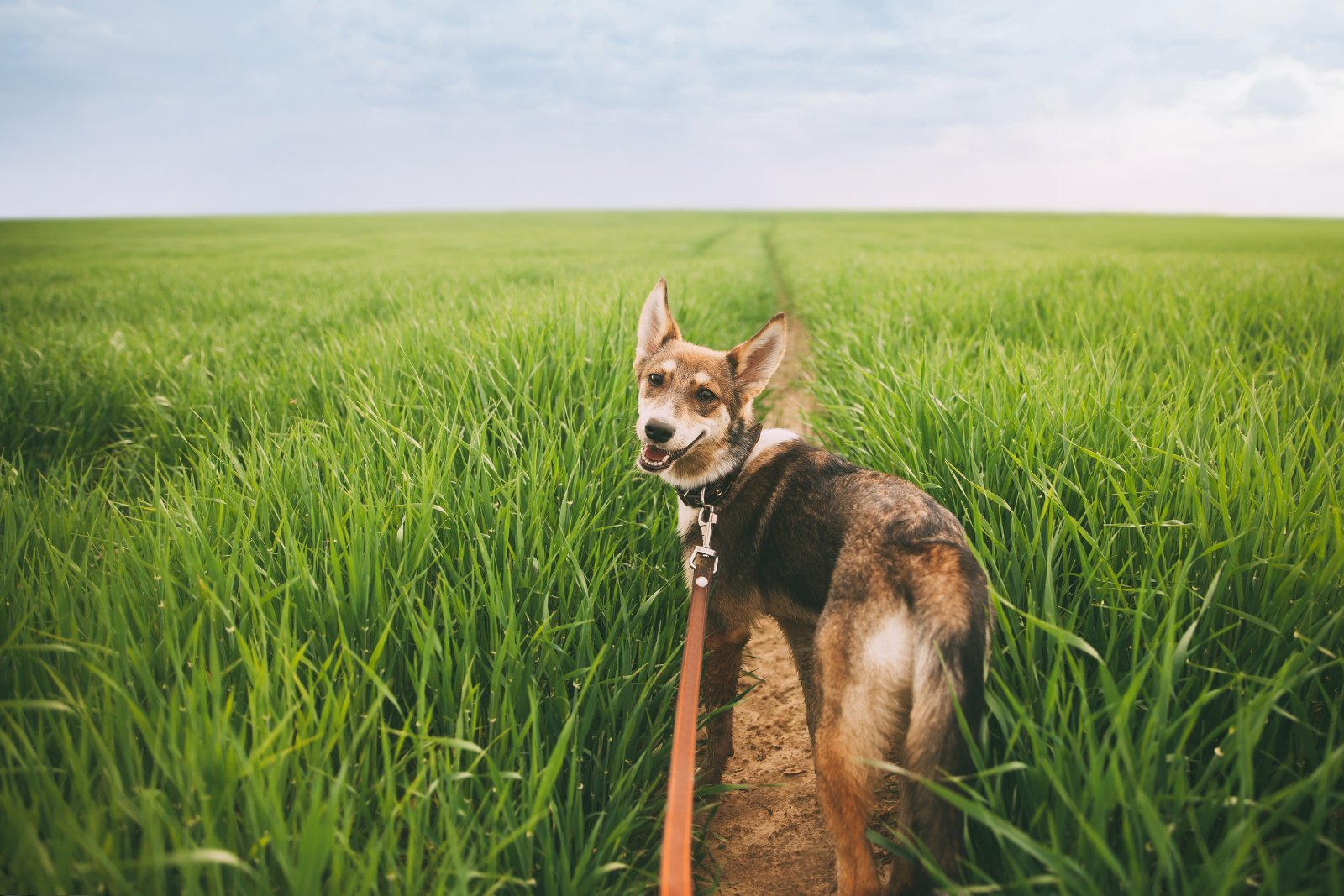
Dogs pull on the leash out of excitement or lack of training. Use a no-pull harness and train them to walk beside you with treats and positive reinforcement.
9. Chasing
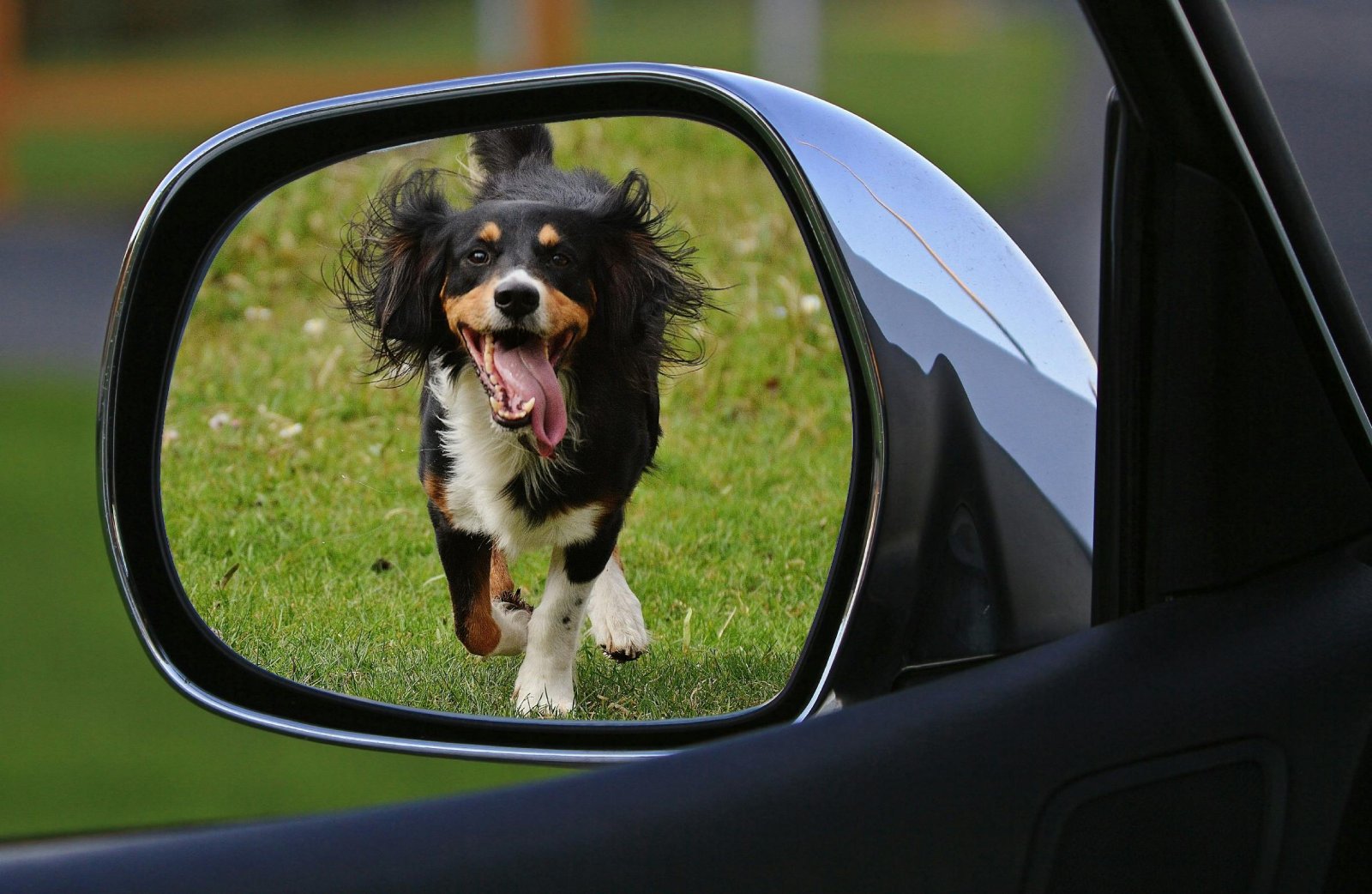
Chasing cars, animals, or people is a dangerous behaviour. Train your dog with recall commands and keep them on a leash in high-risk areas.
10. Mounting
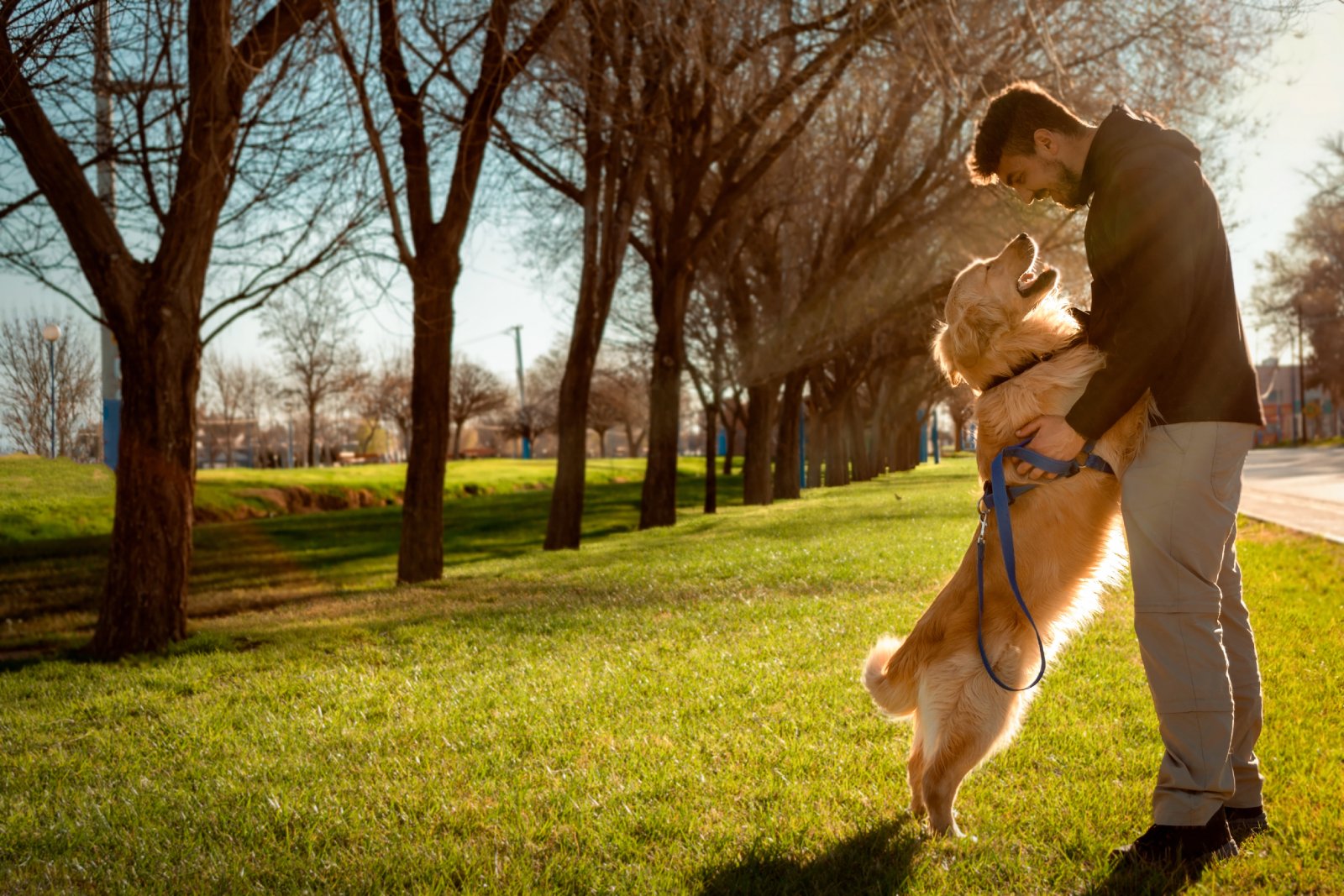
Mounting can be a sign of dominance, anxiety, or play. Redirect their attention with toys and ensure they get enough exercise.
11. Food Guarding
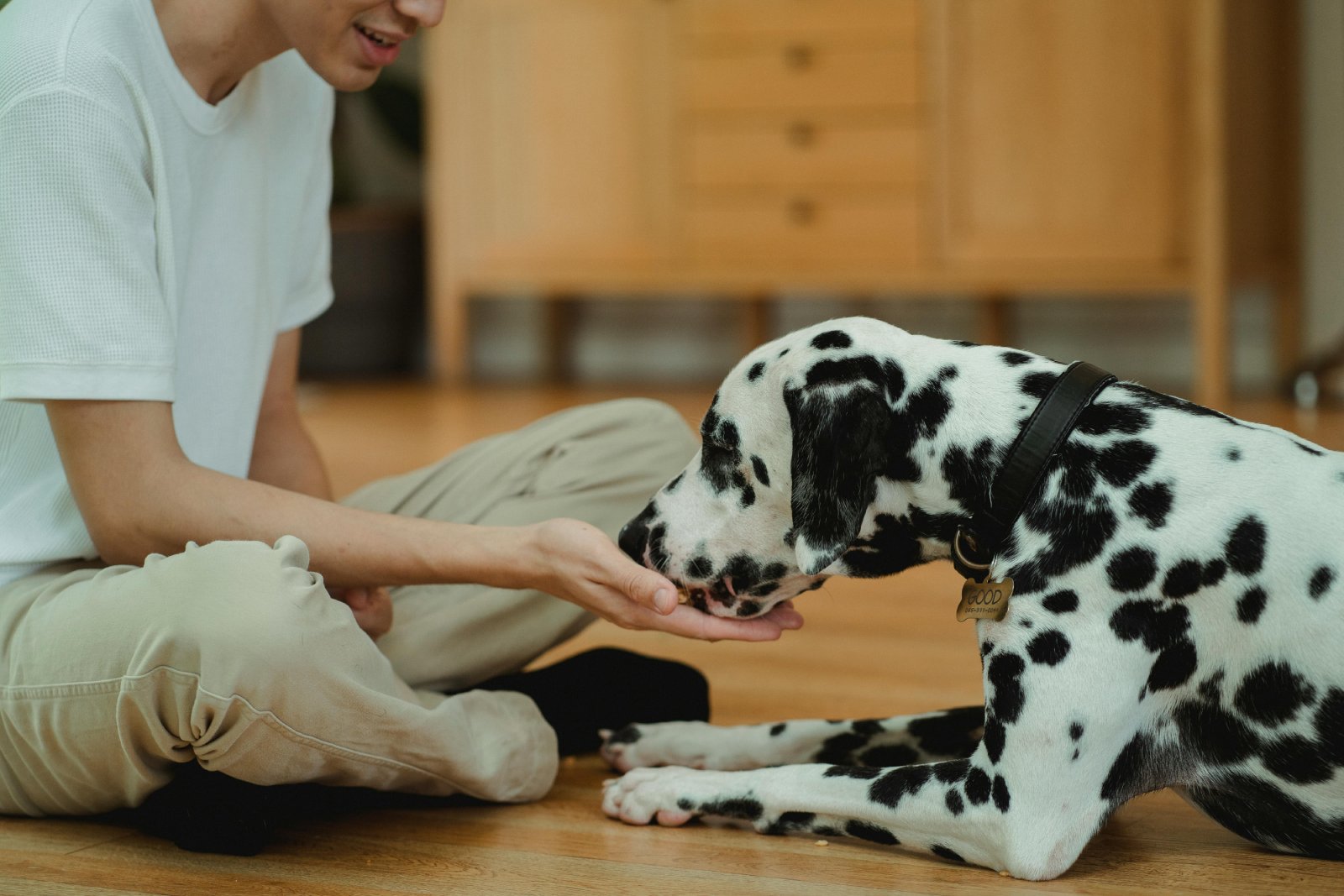
Food guarding can lead to aggression. Teach your dog to feel safe during meals by gradually approaching them while they eat and offering treats.
12. Barking at the Doorbell

Barking at the doorbell is often due to excitement or territorial behaviour. Train them to respond to the doorbell with calmness using positive reinforcement techniques.
13. Fear of Noises

Loud noises like fireworks or thunderstorms can cause anxiety. Desensitise your dog to these sounds gradually and provide a safe space for them to retreat to.
14. Whining
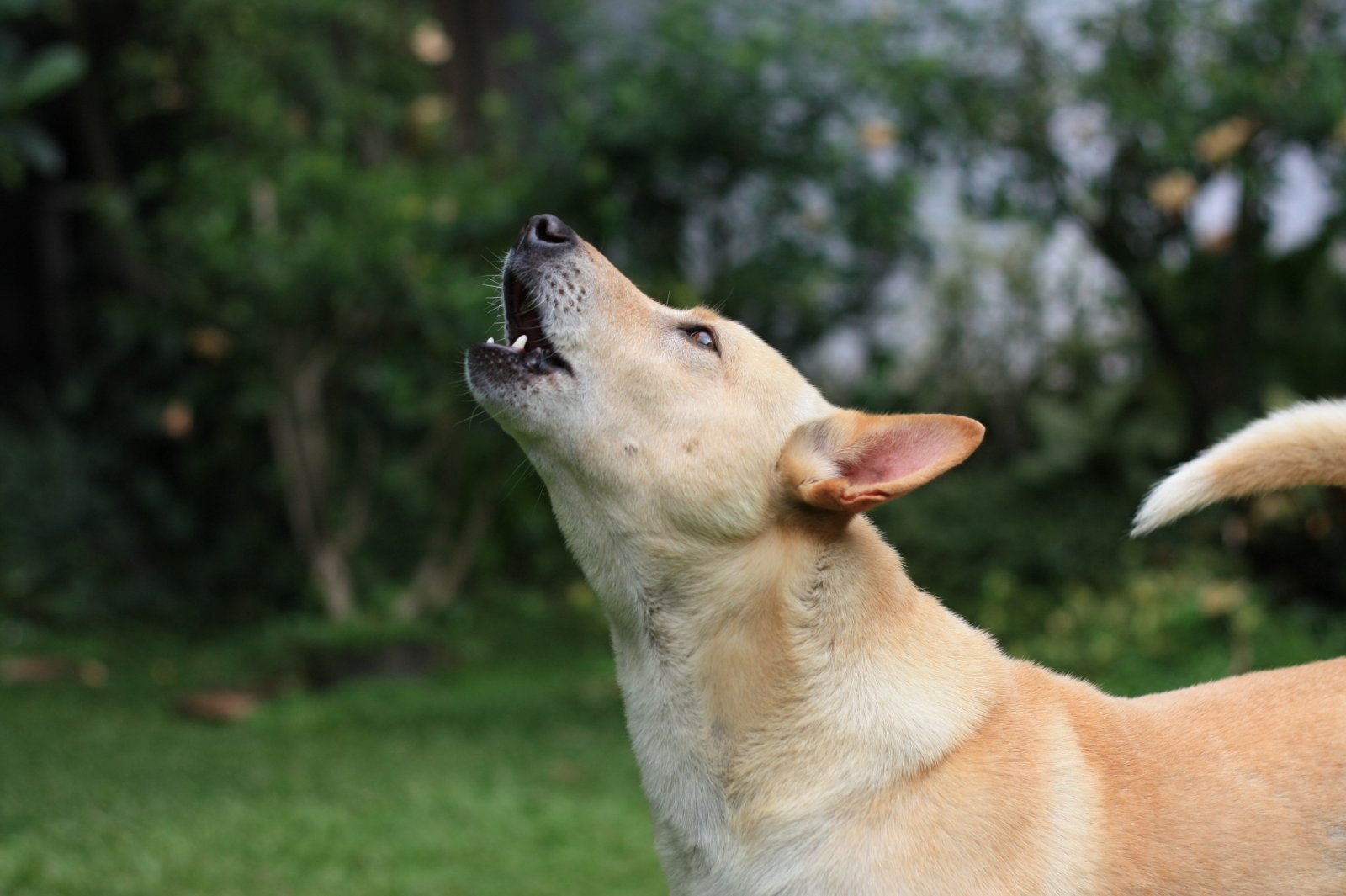
Whining can be a call for attention or a sign of anxiety. Ignore the whining and only give attention when they are quiet.
15. Digging in the Garden
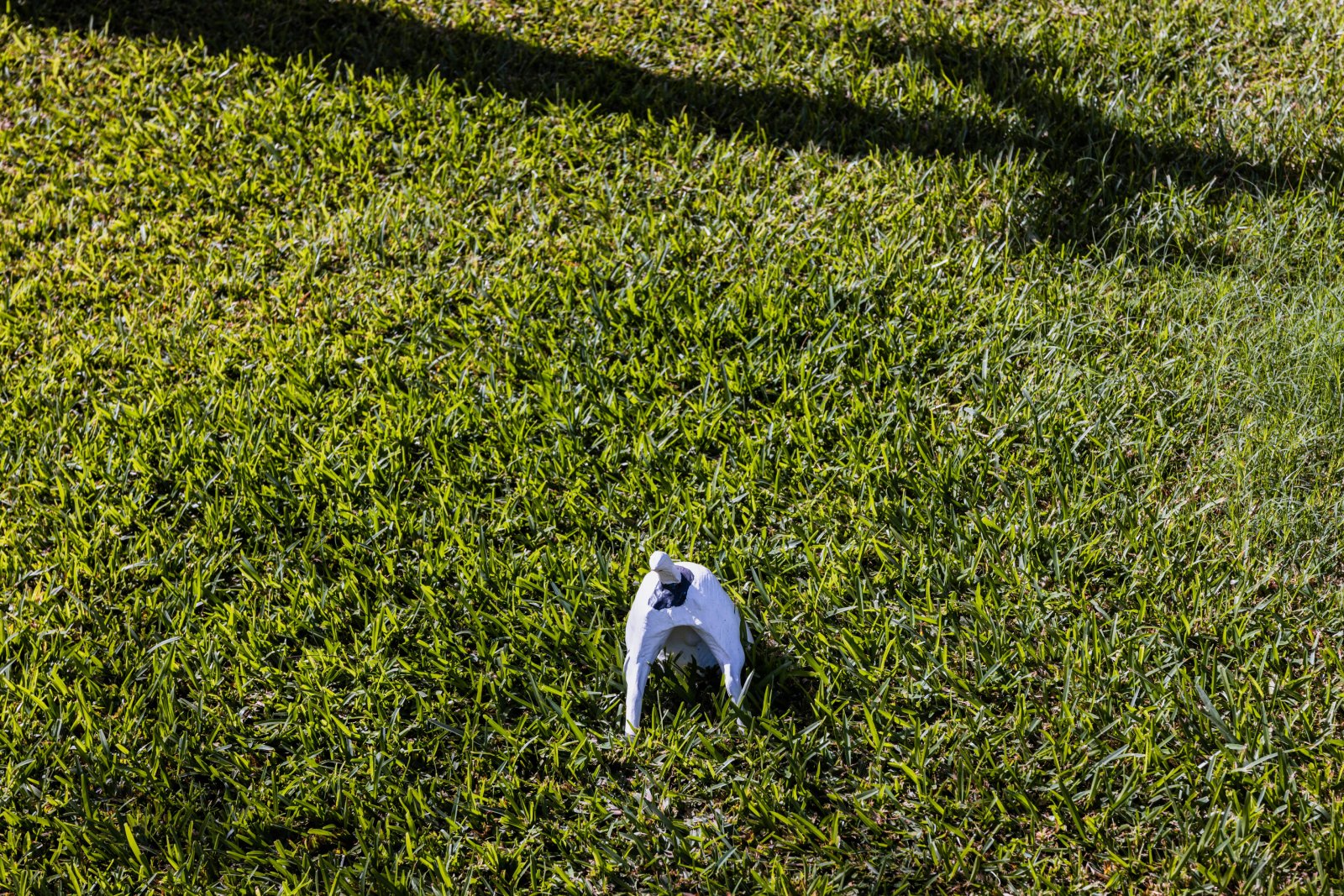
Dogs dig in the garden out of boredom or instinct. Provide a specific digging area and increase their mental and physical stimulation.
16. Hyperactivity
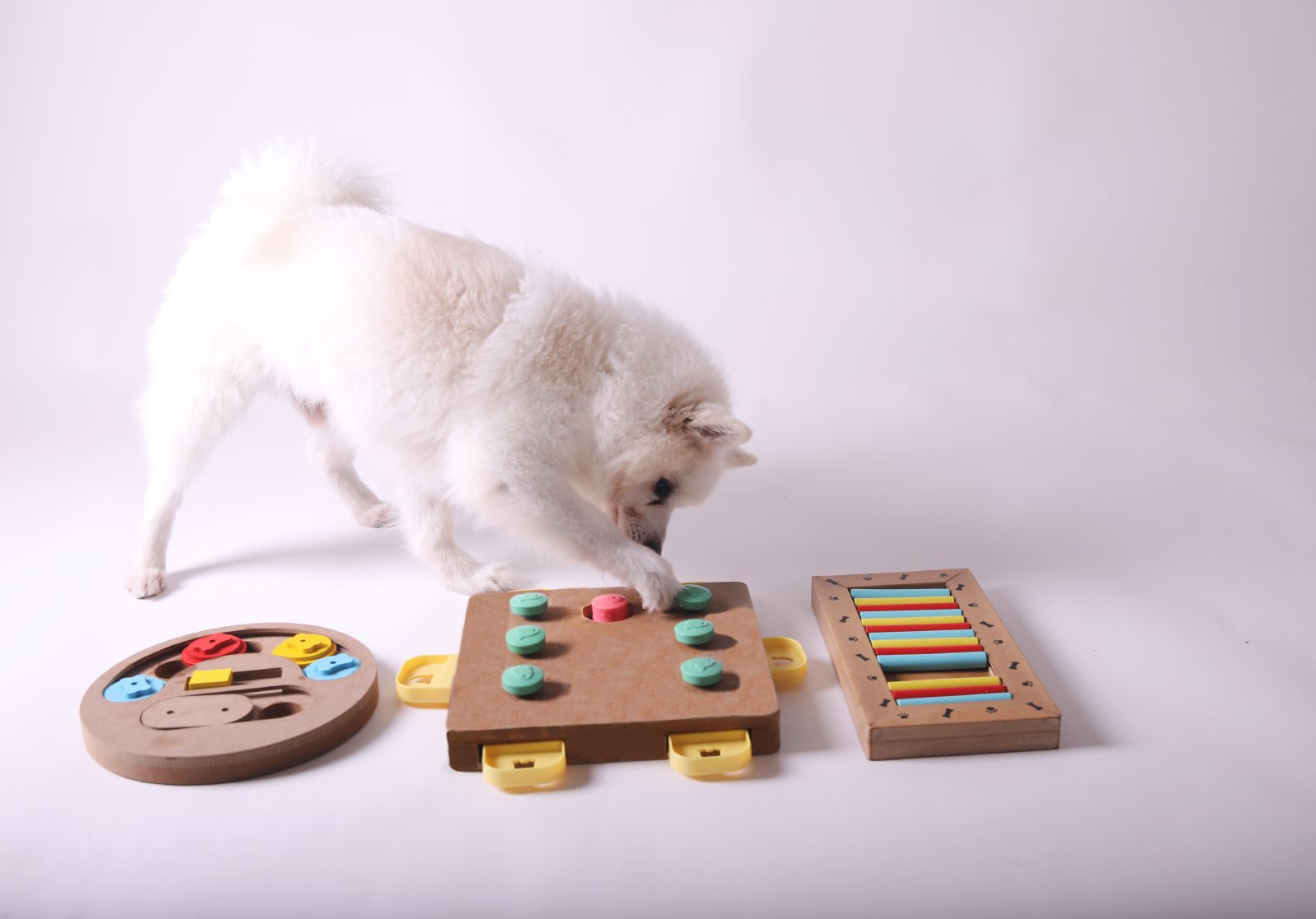
Hyperactivity can result from a lack of exercise or mental stimulation. Ensure your dog gets plenty of both, and consider interactive toys and puzzles.
17. Stealing Food

Dogs steal food due to temptation or lack of training. Keep food out of reach and train them with commands like “leave it”.
18. Ignoring Commands
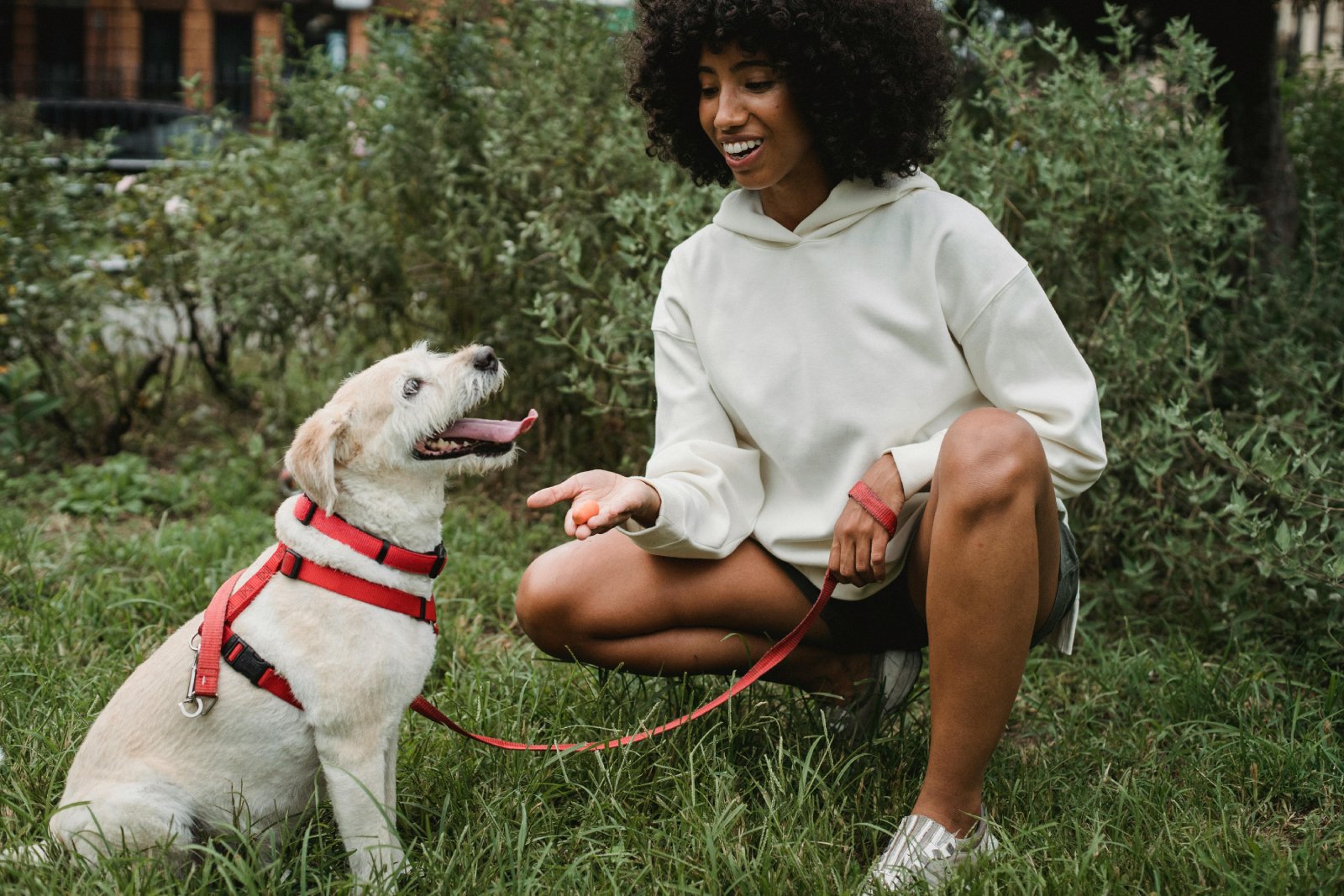
Ignoring commands often means they haven’t been properly trained or reinforced. Consistently practice commands with positive reinforcement to improve their response.
19. Aggression Towards Other Dogs
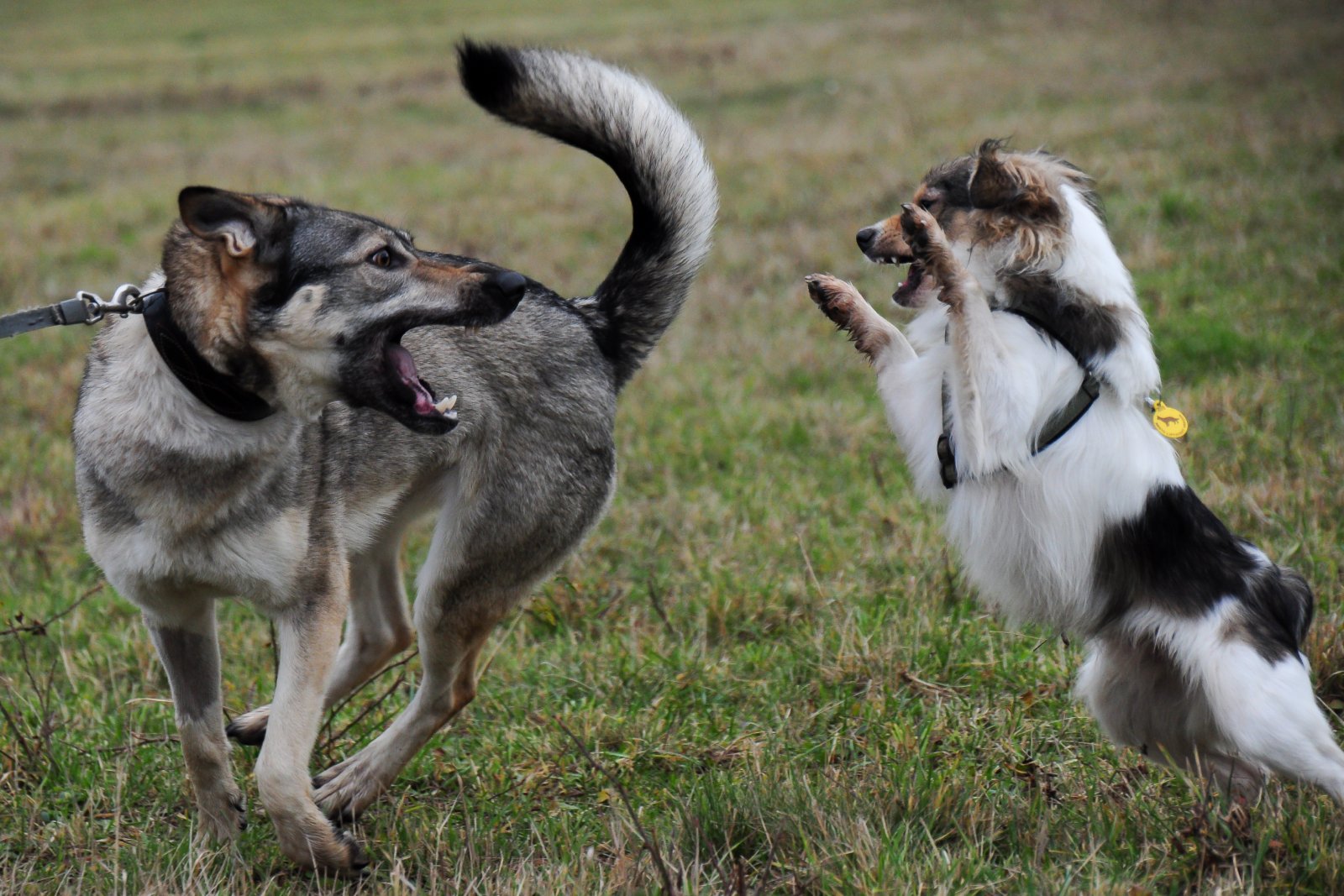
Aggression towards other dogs can stem from fear, dominance, or lack of socialisation. Gradual socialisation and professional training can help mitigate this behaviour.
20. Excessive Licking

Excessive licking can be a sign of anxiety or a medical issue. Consult your vet and address any underlying health problems, and use training to redirect the behaviour.
Taming the Trouble
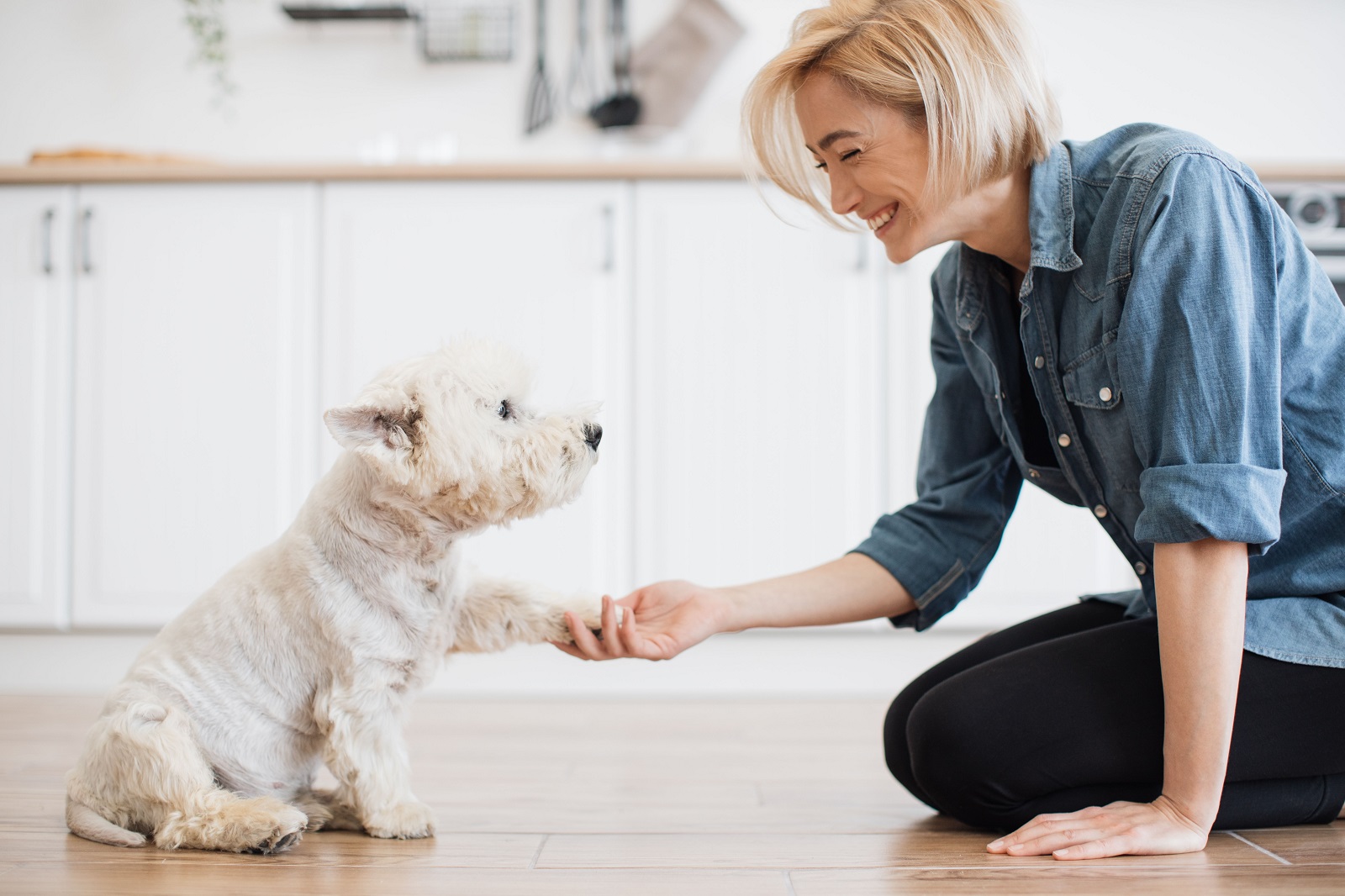
Dealing with dog misbehaviours requires patience, consistency, and sometimes professional help. By understanding the reasons behind their actions and applying these expert tips, you can help your furry friend become a well-behaved companion.
The post Dog Training 101: Addressing 20 Common Misbehaviors first appeared on PawShore.
Featured Image Credit: Shutterstock / Jester-Flim.
For transparency, this content was partly developed with AI assistance and carefully curated by an experienced editor to be informative and ensure accuracy.

